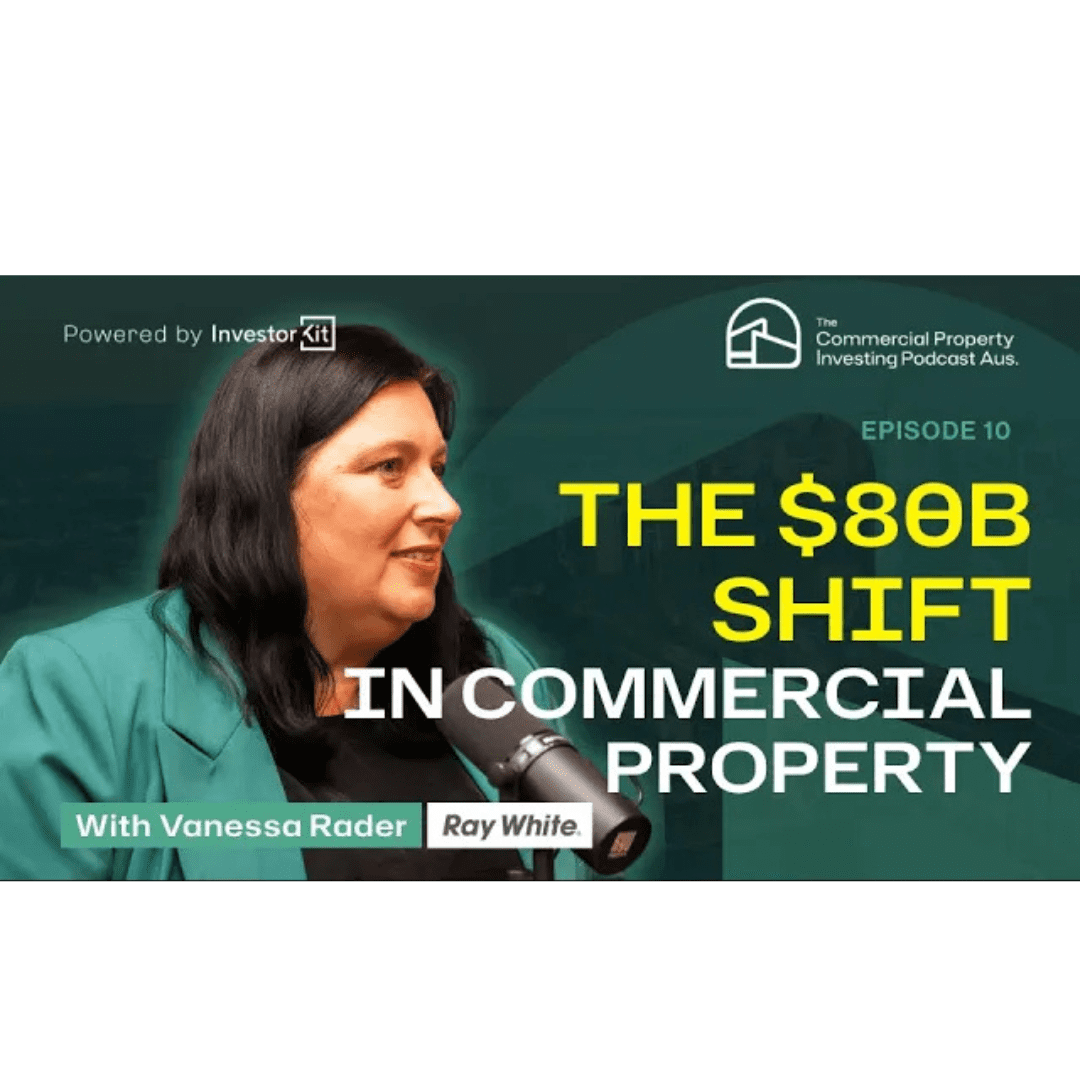Australian Commercial Property Outlook: Retail Rebuilds, Industrial Evolves, Childcare Stays Selective
Commercial property across Australia is reshuffling. Retail is rebounding with experience led spending, industrial demand keeps rising with last mile and data center pressure, and childcare remains attractive when the location is right. Here is what investors should watch in 2025.
TL;DR
- Retail: Space per capita is falling, experience led centers are lifting dwell time, and neighborhood formats with food and services are performing.
- Industrial: Structural demand from logistics, cold storage, self storage, and data centers is sticky. Infill and last mile assets look attractive.
- Childcare: Still a set and forget style income for the right asset. Success is highly location sensitive and supply sensitive.
- Transactions and yields: Deal count is down from pandemic era highs. A rate cutting cycle can lift confidence and tighten yields for quality assets.
Retail’s Rebound
Retail sentiment has improved. Population has grown while new retail construction has lagged, so space per capita is shrinking. The spend is shifting to services and daily needs such as groceries, specialty food, health and beauty, and coffee. Clothing still matters for in store try on, but footprints are leaner and suburban malls carry the activity.
Experience led malls
- Centres are investing in dwell time with play zones for kids, e gaming, rock climbing, libraries, and community hubs.
- Incidental purchases rise when families stay longer and combine coffee, groceries, and small format fashion visits.
- Neighborhood centres with a supermarket and specialty services are attractive at accessible price points.
- Strip retail can work with the right tenancy mix. Higher turnover risk should be reflected in the expected return.
Childcare: Attractive Income When the Micro Works
Lower transaction volumes do not mean weak performance. Tightly held assets and long leases keep supply scarce. Government rebates support income, and tenants handle much of the upkeep to required standards. In New South Wales and many states, land tax settings can be favorable for childcare.
What to test before you buy
- Location sensitivity: Focus on catchments with the right family profile and working parent participation.
- Supply pipeline: Check pending DAs and competing centres. Oversupply can crush occupancy and fees.
- Centre size and staffing: Mega centres are harder to staff. Smaller formats can hold occupancy more reliably.
- Operating partner quality: Strong operators protect income and asset condition.
Industrial: From Golden Child to Next Phase
Industrial has dominated for five to six years with falling yields and strong rent growth. Vacancies have ticked up in places and rent growth has cooled, yet the structural drivers remain in place. There is only so much industrial zoned land, and new demand keeps arriving.
Why demand remains firm
- Logistics for e commerce and general distribution needs reliable shed space close to customers.
- Cold storage is growing with fresh food and pharmaceuticals.
- Self storage benefits from smaller homes and downsizing trends.
- Data centers compete for power and land, crowding the same precincts as traditional industrial.
Where the opportunity sits
- Infill markets: Older and secondary stock inside the urban footprint can trade near or below replacement cost.
- Last mile hubs: Small format facilities near ports, airports, and CBDs shorten delivery times for three hour and same day promises.
- Future optionality: Well located industrial near transport can hold mixed use or residential redevelopment potential in the long term.
Example in practice: A last mile logistics site in Brisbane leased to a major auto brand, eight kilometres from the CBD, at a net yield in the low to mid sixes reflects this urban proximity premium.
Rates, Yields, and Transaction Flow
Headline transaction value sits well below the pandemic era spike. Many owners have delayed decisions while they waited on the cash rate path. A cutting cycle can add confidence for both buyers and sellers. Expect the best quality assets to tighten in yield first, while secondary assets remain more cyclical and pricing sensitive.
What this means for private investors
- Quality first: Lease covenant, WALE, tenant health, and micro location drive outcomes more than ever.
- Do the micro work: Catchment data, competing stock, incentives, and capex need a clear playbook before you offer.
- Match asset to goal: Income stability favors neighbourhood retail and the right childcare. Growth plus optionality favors infill industrial and last mile.
- Finance fit: Model debt service under current and lower rate paths. Use buffers and realistic re leasing assumptions.
.svg)




